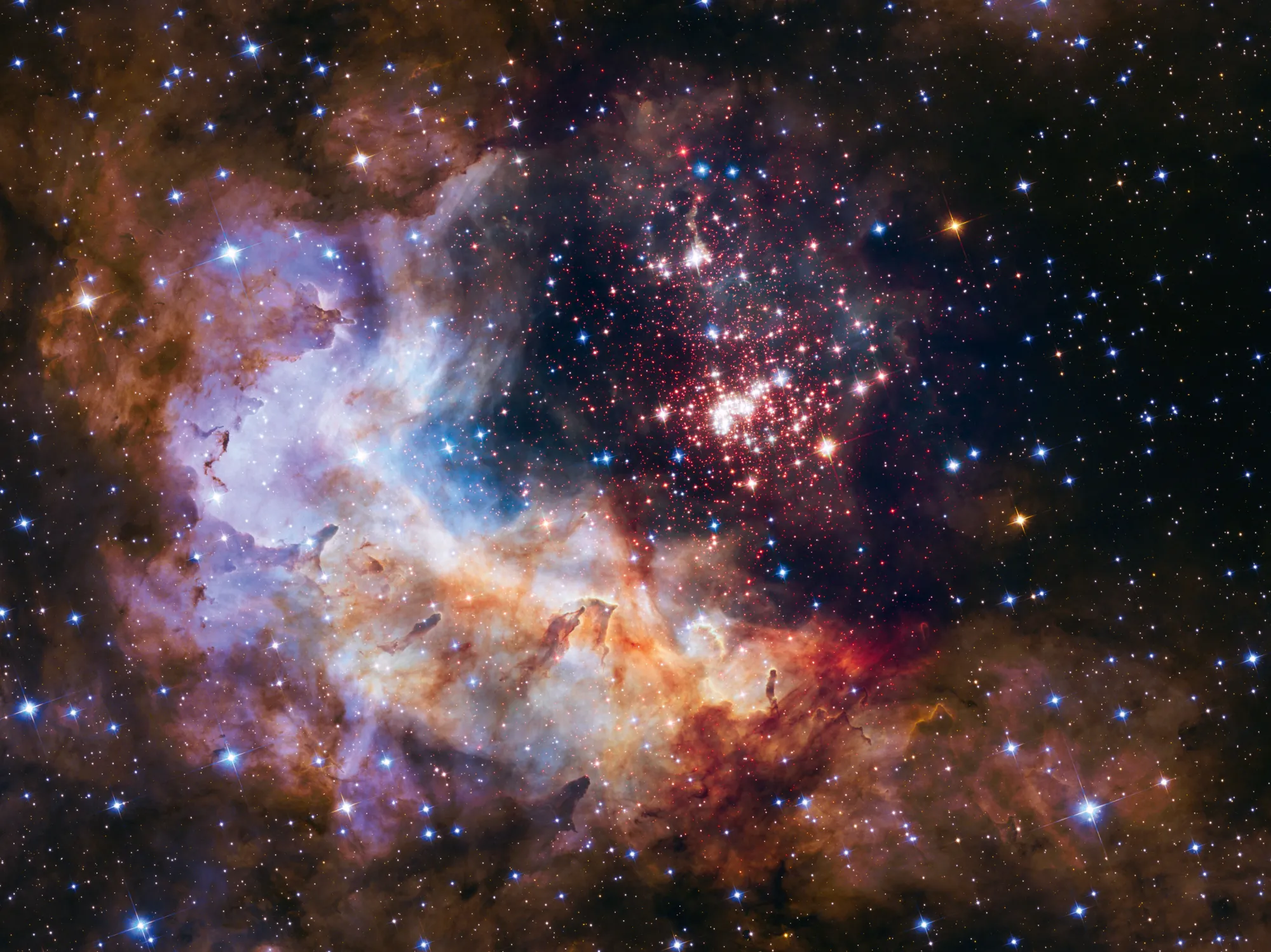In our rush to mine the ocean for a green future, we may be tearing up the very black rocks that let us breathe.
Scientists recently discovered that the polymetallic nodules — potato-sized black rocks scattered across the deep ocean floor — appear to generate oxygen in total darkness. This so-called “dark oxygen” is not produced by plants or plankton, but by the rocks themselves, acting like natural batteries splitting seawater into its elemental parts.
If true, this discovery upends one of our most basic assumptions: that oxygen comes only from life. It suggests that Earth’s respiratory system has a hidden lung at the bottom of the sea, silently sustaining balance.
And yet, even as this finding makes headlines, nations and corporations are racing to harvest these very nodules. China is leading the charge, eager to mine them for cobalt, nickel, and rare earths — all critical to the “green revolution.” The cruel irony is clear: in the name of saving the planet, we may dismantle one of its most vital life-support systems.
This is the Green Paradox: solving one crisis by blindly creating another. We’ve seen it before — with DDT, with fossil fuels, with nuclear waste. Each time, humanity grabs at a quick fix without asking the disciplined questions:
• What unseen roles does this play in Earth’s equilibrium?
• What hidden balances will we disrupt if we strip it away?
The Principle of Cosmic Equilibrium reminds us: every system has a bandwidth of balance. Cross below it, collapse. Cross above it, collapse. Inside the band, life flourishes. If these nodules are part of that balance, tearing them up could tip the scale.
The irony would be almost poetic: humanity suffocating in pursuit of “clean air.” But it wouldn’t be poetry — it would be tragedy.
The disciplined path is not to rush forward with the shovel, but to stop, to question, to map the terrain before we walk into another trap.
The oxygen we don’t see may be the oxygen that saves us.
